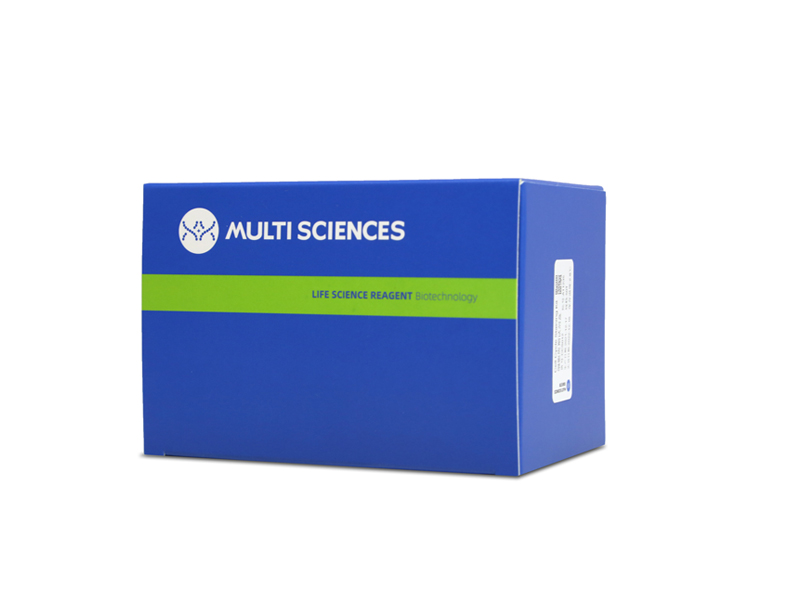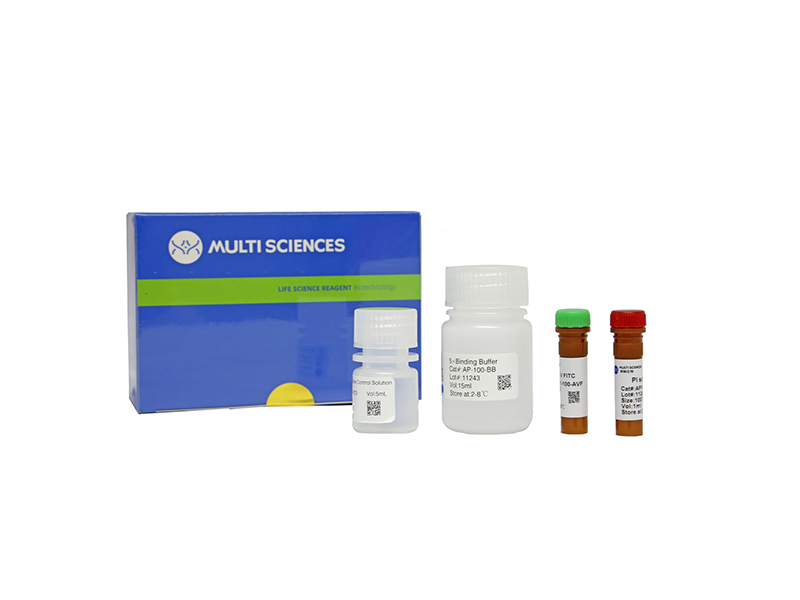Background Neoadjuvant radiotherapy has been used as the standard treatment of colorectal cancer (CRC). However, radiotherapy resistance often results in treatment failure. To identify radioresistant genes will provide novel targets for combined treatments and prognostic markers.Methods Through high content screening and tissue array from CRC patients who are resistant or sensitive to radiotherapy, we identified a potent resistant gene SUMO specific peptidase 5 (SENP5). Then, the effect of SENP5 on radiosensitivity was investigated by CCK8, clone formation, comet assay, immunofluorescence and flow cytometric analysis of apoptosis and cell cycle to investigate the effect of SENP5 on radiosensitivity. SUMO-proteomic mass spectrometry combined with co-immunoprecipitation assay were used to identify the targets of SENP5. Patient-derived organoids (PDO) and xenograft (PDX) models were used to explore the possibility of clinical application.Results We identified SENP5 as a potent radioresistant gene through high content screening and CRC patients tissue array analysis. Patients with high SENP5 expression showed increased resistance to radiotherapy. In vitro and in vivo experiments demonstrated that SENP5 knockdown significantly increased radiosensitivity in CRC cells. SENP5 was further demonstrated essential for efficient DNA damage repair in homologous recombination (HR) dependent manner. Through SUMO mass spectrometry analysis, we characterized H2AZ as a deSUMOylation substrate of SENP5, and depicted the SUMOylation balance of H2AZ in HR repair and cancer resistance. By using PDO and PDX models, we found targeting SENP5 significantly increased the therapeutic efficacy of radiotherapy.Conclusion Our findings revealed novel role of SENP5 in HR mediated DNA damage repair and cancer resistance, which could be applied as potent prognostic marker and intervention target for cancer radiotherapy.
文章引用产品列表
-
- AP107 88 Citations
- 凋亡试剂盒
Annexin V-APC/PI Apoptosis Kit(细胞凋亡试剂盒)
- ¥780.00 – ¥1,860.00



